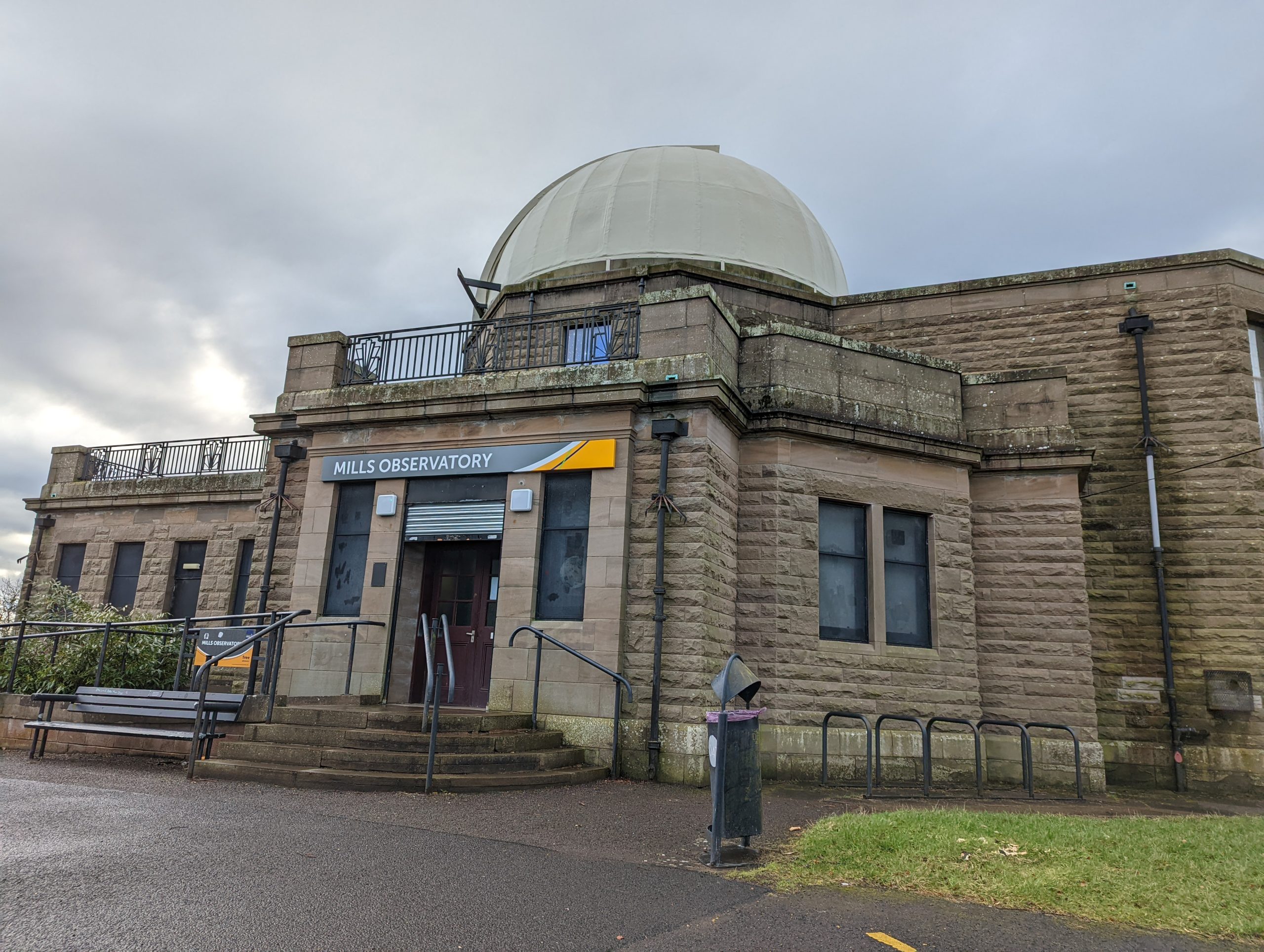Dundee Astronomical Society
The Dundee Astronomical Society was formed in 1956 and is affiliated to the British Astronomical Association BAA (to whom we send observations). In addition the Society has a number of honorary members throughout the country.
We normally hold member meetings once or twice a month at the Mills Observatory, Balgay Hill, Dundee in the months October through to March. The first part of the meeting consists of a talk lasting about an hour from a guest or member, followed by a short tea break, then a shorter session for members to make their contributions.
The Society has a healthy membership and welcomes new members.
